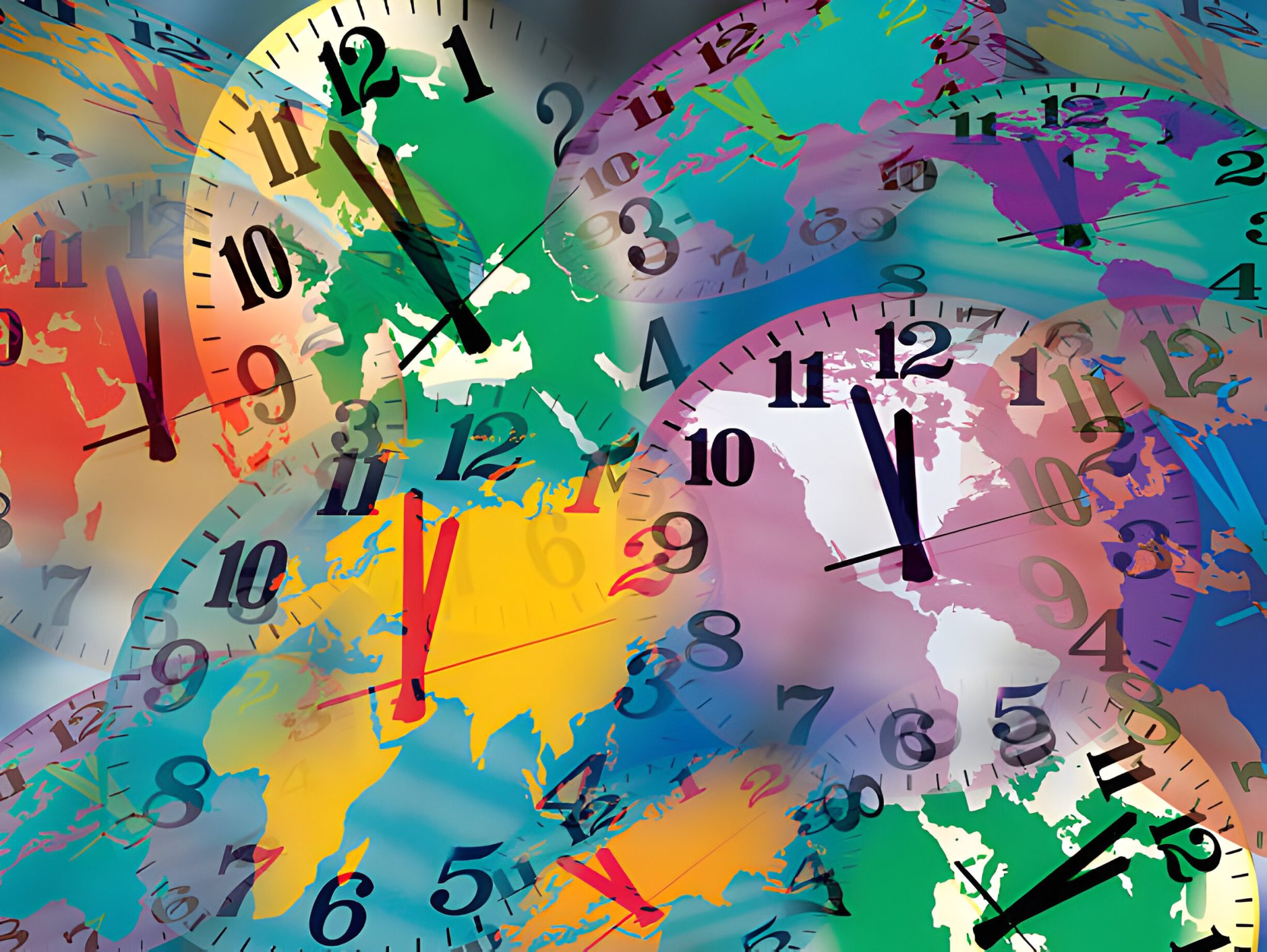This article explores time zones, their working, and reasons to look strange. Time zones appear strange due to a mixture of practical, political, geographical, historical, and cultural factors. These include irregular shapes, historical significance, practical considerations, political decisions, latitude and longitude, daylight saving time, and half-hour deviations. This complexity reflects a threatened interplay of influences.
Time zones can be complex and complicated, with various irregular time zones around the world. China has a single time zone, Beijing Time (BJT), despite spanning almost 5 geographical time zones. Greenland has 3 time zones, including one that is 2 hours behind Greenwich Mean Time (GMT). A Canadian province, Newfoundland, follows its time zone, GMT-2:30, different from the rest of Canada.
Half-hour time zones are used in Iran (GMT+3:30), India (UTC+5:30), Afghanistan (GMT+4:30), Burma (GMT+6:30), and North Korea (GMT+8:30). Nepal has a unique time zone, GMT+5:45, depending on the meantime in Kathmandu. The international dateline, an imaginary line in the mid-Pacific Ocean, highlights the boundary between 2 consecutive calendar dates, but is not a straight line and can cause quirks in timekeeping.
Australia has a complex time zone system, with multiple standard, half-hour, and quarter-hour time zones. Some states observe daylight saving time, while others do not, resulting in 5 time zones for half the year. Certain regions within states have their unique time zones, like Eucla in Western Australia, which is 45 minutes ahead of the rest of the state.
The US has 6 standard time zones, but uncertain defined boundaries, with the Department of Transportation regulating the zones. The US also has no official map of time zone boundaries, despite a project to create one. Time zones can be influenced by historical, geographical, and cultural factors, leading to diverse and complex timekeeping systems worldwide.
By The Washington post







